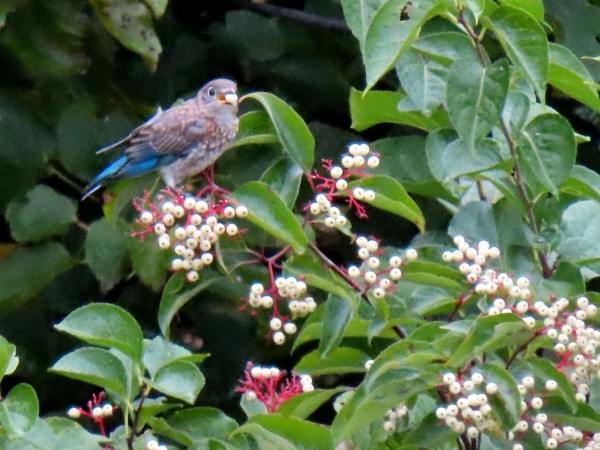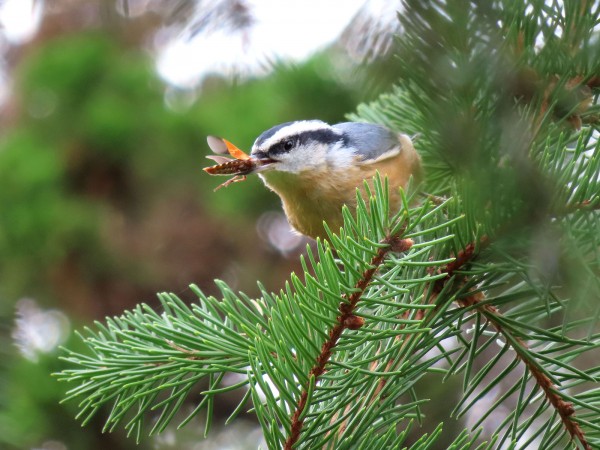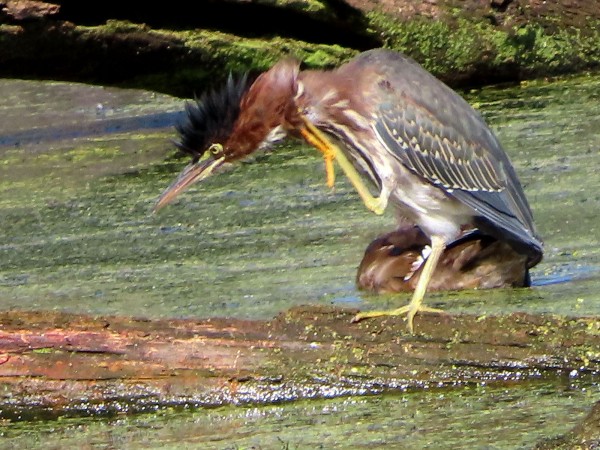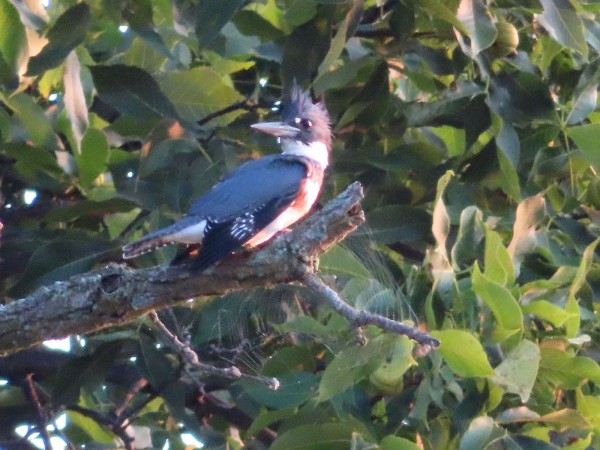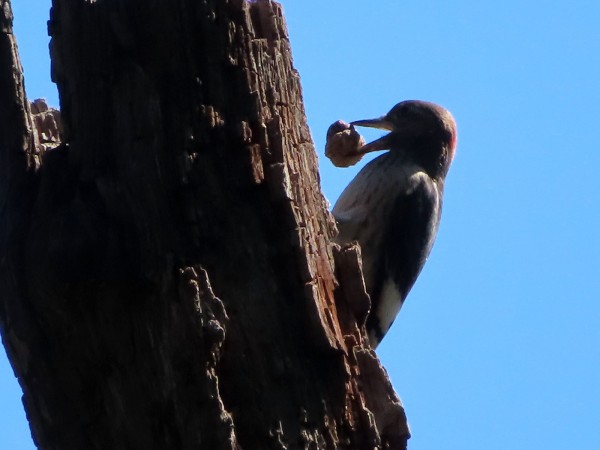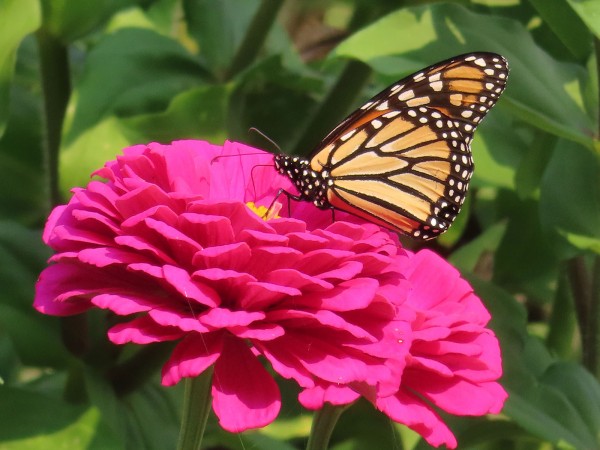Chuck's Birding Report #78
07 September - 13 September 2021
Dear fellow flock of birders,
This past week still features about the same yellow flowers as last week, the Canada Goldenrod and the Saw-tooth Sunflowers. Many of the previous wildflowers that have been stars have faded and gone to seed. I am seeing more species of asters. Some of the trees are just beginning to show some fall colors and a few leaves are even falling.
The news on the bird front is that migration is still continuing. Some birds are leaving the Arboretum while others are arriving. I think I’ve named most of the departing birds in previous reports. I can’t think of any others who have left this past week except maybe the Eastern Kingbird.
The warblers continue to arrive and many are seeing a greater number of species each day. One of the new arrivals for me this past week has been a favorite of mine, the tail bobbing Palm Warbler. I hope all of you are out trying to find and identify the warblers. With lots of leaves still on the trees the warblers are difficult to see and even if you can see them they are not easy to ID in their fall plumage and the sightings only last seconds because the warblers move quickly. Good luck!
One of the new arrivals this past week has been large numbers of Swainson’s Thrushes. They are olive brown above and a light buff below with smudgy spots on the breast. The most distinctive characteristic is their bold tan eyering. I more often hear them calling than see them. Their call is distinctive too and is a short “whit” call. If you whisper whit and make a short whistle at the same time, you can make the call easily. They often respond with a whit right back to you. They certainly have their “whits” about them. A photo of two of them in a Gray Dogwood bush is included.
Speaking of Gray Dogwoods, there are many of these bushes in the Arb. Right now the fruit is ripe and each bush has numerous white berries. These berries are perfect for migrating birds in that they each contain nearly 40 percent fats or lipids. They are therefore excellent in supplying a great amount of energy for long distance migrators. Today, besides Swainson’s Thrushes, I saw the following species feasting on these berries: American Robins, Red-eyed Vireos, Gray Catbirds, Eastern Bluebirds, Northern Flickers and a female Scarlet Tanager. I’m sure there are many other birds that eat them too. A photo of a Juvenile Eastern Bluebird eating a Gray Dogwood berry is included.
Red-eyed Vireos spend their summers in the Arb woods but are seldom seen because they feed in the top of the tree canopy thick with leaves. This time of year they feed much closer to the ground so are often seen. I was able to capture a photo of one feeding about five feet off the ground. It is included.
Another migrant we haven’t seen in the Arb this past summer is the Red-breasted Nuthatch. However many have been seen recently and a pair has been working the pines in the pinetum at the east end of Longenecker Gardens. I saw one pulling seeds out of pine cones and also capturing insects. A photo of the nuthatch with an insect in its beak is included.
The other day I heard what sounded a bit like a Rose-breasted Grosbeak attempting to sing its song. I wondered if there was something wrong with it so I searched for it and finally found the grosbeak near the top of a tree. It turned out to be a young male and it was just learning its song. Maybe after some practice it will sing beautifully by next spring. A photo of the young grosbeak is included.
A couple birds that I see occasionally in Gardner Marsh or HoNeUm are the Green Heron and the Belted Kingfisher. I’ve included a photo of a Green Heron who I watched preen various parts of its body. The only part it could not reach with its beak was its chin. For that it had to use the claws on its foot. The attached photo shows the Green Heron scratching its chin. It felt soooo good that it raised its crest too.
I really enjoy watching the Belted Kingfisher go after fish. It usually comes flying in using its rattling call and lands on a branch that overhangs the water. From there the kingfisher looks for fish just beneath the surface of the water. When he finds one it plunges into the water and grabs the fish in its beak. It returns to the perch and swallows the fish head first. Included is a photo of a Belted Kingfisher resting on a branch.
A couple weeks ago I showed a photo of a juvenile Red-headed Woodpecker with a grayish black head. I saw another juvenile in Dane County but not in the Arb. It had taken an acorn from the ground and flew up to the top of a snag. The included photo shows the juvenile with the acorn in its beak. It then put the acorn in the top of the snag and proceeded to peck the acorn until it cracked open. I couldn’t tell but I assume it ate the contents inside the shell.
My last photo is not even a bird but it does fly. I found a garden full of Zinnias and flying all around that garden were numerous Monarch Butterflies. I couldn't resist taking several photos of Monarchs on Zinnias.
That’s my bird report for the past week.
Good health to all of you and good birding too
Chuck


